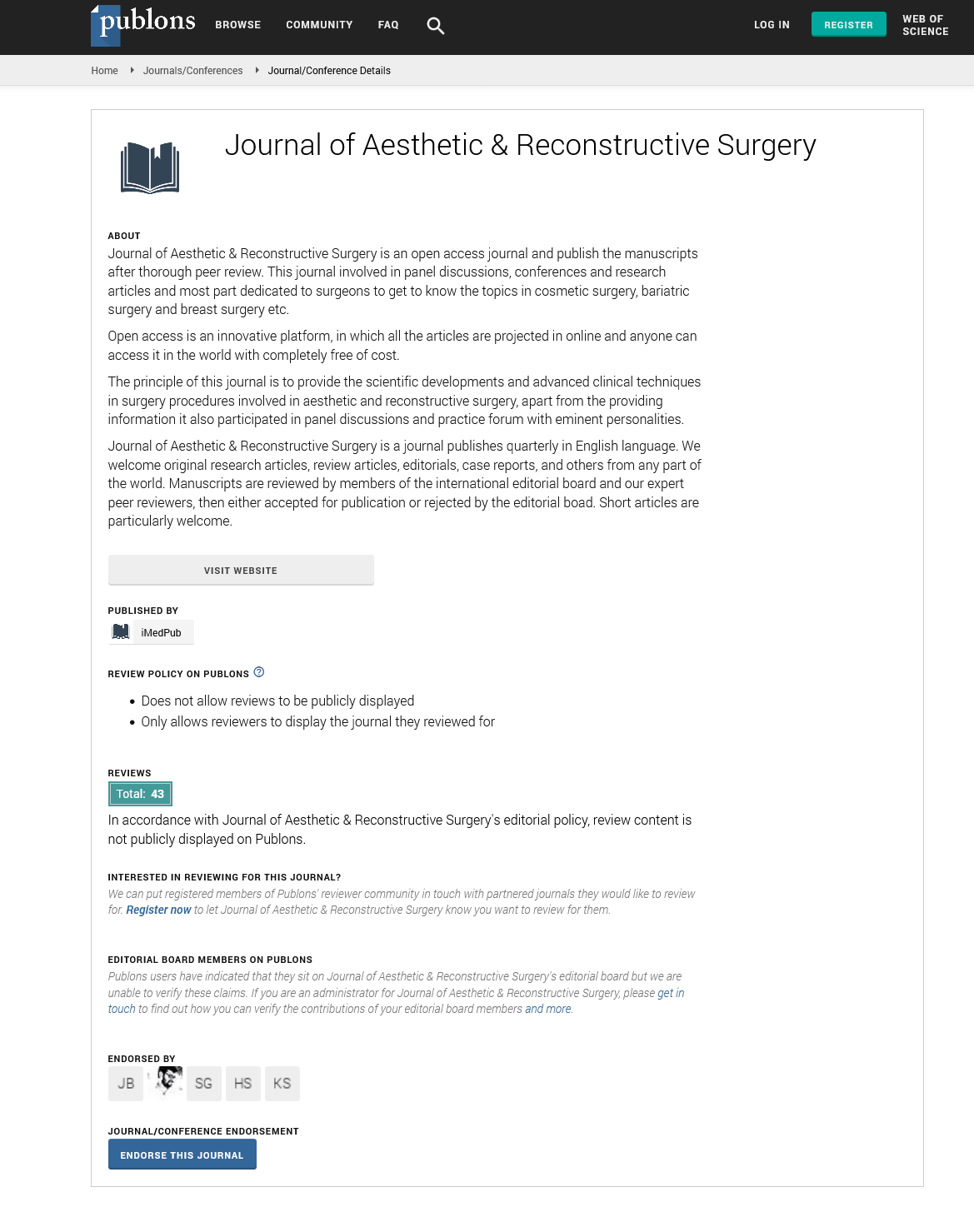Abstract
Insights & Innovations in Public Health
Innovation continues to be critical to tackle diseases without known cures and to help increase uptake and adherence to interventions that work. As part of the report Prioritizing health: A prescription for prosperity, the McKinsey Global Institute identified ten promising innovations, now in progress, that could have a material impact on health by 2040. Focusing on technologies that address the greatest unmet needs, we determined the impact of these innovations by interviewing experts and evaluating the current biological understanding of each disease, as well as the effort and excitement surrounding the new techniques as measured by funding. Identifying and sizing the potential scope of innovations now in the pipeline is inherently difficult, but we
estimate that these technologies could reduce the burden of disease by a further 6 to 10 percent, assuming aspirational yet realistic adoption rates by 2040 on top of the 40 percent from known interventions. Some of these innovations could not only fully cure a number of diseases but also significantly extend healthy lifespans by tackling the underlying biology of aging and therefore postponing the onset of several age-related conditions. These possibilities make a sharp contrast with the innovations of the past 30 years, many of which reduced the symptoms or delayed the progression of diseases but rarely prevented or cured them. In addition, the innovations we have identified here are more digitally enabled than those of the past; for example, artificial intelligence (AI) systems make advances in omics and molecular technologies, such as gene editing, faster and more accurate.
How can we improve public health globally over the next two decades. .??
1) Omics and molecular technologies. Example: CRISPR and curbing malaria2) Next-generation pharmaceuticals. Example: Senolytics and the regulation of cellular aging
3) Cellular therapy and regenerative medicine. Example: CAR T-cell therapy and the treatment of solid tumors
4) Innovative vaccines. Example: The AT04A vaccine and the lowering of cholesterol
5) Advanced surgical procedures. Example: Suspended animation for severe-trauma patients
6) Connected and cognitive devices. Example: E-tattoos for heart diagnostics
7) Electroceuticals.Example: Implantable microchips to mitigate chronic pain
8) Robotics and prosthetics. Example: Next-generation exoskeletons and mobility support
9) Digital therapeutics.Example: An AI-powered app to change behavior
10) Tech-enabled care delivery. Example: Multichannel care delivery
Author(s):
Aysha Abdulkadir Haruna
Abstract | Full-Text | PDF
Share this

Google scholar citation report
Citations : 130
Journal of Aesthetic & Reconstructive Surgery received 130 citations as per google scholar report
Journal of Aesthetic & Reconstructive Surgery peer review process verified at publons
Abstracted/Indexed in
- Google Scholar
- China National Knowledge Infrastructure (CNKI)
- Directory of Research Journal Indexing (DRJI)
- WorldCat
- Publons
- Geneva Foundation for Medical Education and Research
- Secret Search Engine Labs
- Euro Pub
Open Access Journals
- Aquaculture & Veterinary Science
- Chemistry & Chemical Sciences
- Clinical Sciences
- Engineering
- General Science
- Genetics & Molecular Biology
- Health Care & Nursing
- Immunology & Microbiology
- Materials Science
- Mathematics & Physics
- Medical Sciences
- Neurology & Psychiatry
- Oncology & Cancer Science
- Pharmaceutical Sciences


